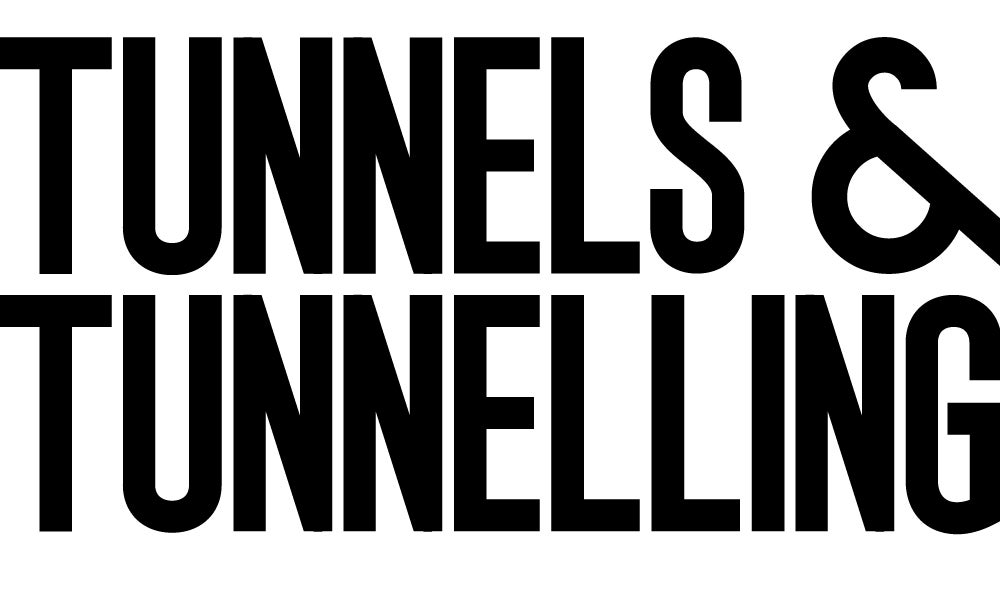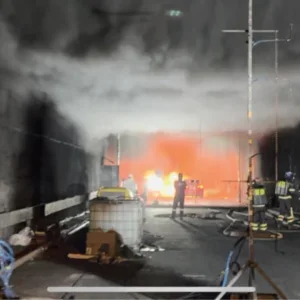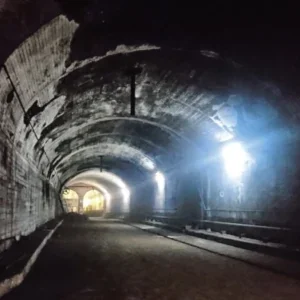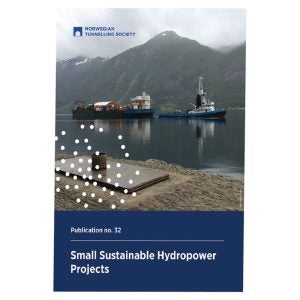The 5-km Vielha Tunnel was once identified by the European Commission as one of Europe’s most unsafe tunnels. In 2002 the Spanish Government decided to make a major investment in safety with the rollout of a EUR 300M (USD 422.55M) improvement plan. The project involved the creation of a totally new tunnel close to the original site and the implementation of a new deluge fire safety system; the first of its kind in Spain.
Deluge systems are principally used in locations where the spread of fire can be very rapid or the consequences of fires can be devastating, such as in airport hangars, refineries, chemical plants and armaments factories.
The main advantages offered by the deluge system are its abilities to rapidly lower temperatures, to cut the advance of fires, and to protect structures against potential collapse. In Japan deluge systems have been used for the past four decades whilst in the United States there are six tunnels equipped with deluge systems. Other examples of similar European systems include the Mona Lisa Tunnel in Austria – a deluge system using mist – whilst elsewhere in Germany, France and Italy feasibility studies are being undertaken.
Safety first
The Vielha Tunnel was the first deluge system to be implemented in Spain and one of the first in Europe. It received a EuroTAP ++ rating (excellent) and is a great example of how an installation should be carried out.
Now one of the safest tunnels in the world, it features evacuation galleries every 400m, safety recesses every 200m, semitransverse ventilation, and a fire prevention network using water along the tunnel with hydrants and a deluge system with spray nozzles. Emergency beacons, cctv, smoke detection and automatic incident detection were also implemented.
During construction, to minimise the use of welding and reduce associated risks from toxic fumes and fire hazards, the specialist contractor Agbar Incendios and the main constructor UTE Tunel de Vielha proposed the use of grooved mechanical piping systems. The Spanish Government, with the support of Sener Engineering, accepted this proposal.
The high-altitude tunnel also posed some unusual challenges; not least its corrosive environment. Damage was reduced by using stainless steel for exposed pipe, and by burying ductile iron pipe.
The Victaulic FireLock fire protection system was selected because of its high quality and reliability. Advantages included a reduction of installation time of over 70 per cent. Victaulic stainless steel rigid and flexible couplings were also used for sections exposed to the elements, and all joints using Victaulic grooved mechanical couplings were made in accordance with the NFPA 13 standard (of the US National Fire Protection Agency) for the installation of sprinkler systems.
Deluge in action
The Vielha fire extinguishing system feeds nozzles (the equivalent of a 100m linear tunnel) from municipal reservoirs. There are two electrical pumps and one diesel, each capable of supplying 50 per cent of the total requirement, and pressure maintenance is ensured through a jockey pump.
There is a difference of more than 200m altitude between the North and South entrances, so to prevent pressure exceeding 16 bars there are a series of pressure reduction stations. Deluge valves also function as pressure reducing turn valves adjusted to around five bar, whilst hydrants and fire hose cabinets also act as valve pressure regulators.
The Vielha deluge system is equipped with a line of operation on detection and a line for extinction. The latter uses nozzles and is kept empty. Deluge valves are only opened in manual activation. When the deluge valves are opened, the water comes out of all the nozzles. Systems can be activated in situ at a manual ‘pull station’, or from the control centre.
At Vielha it was decided to use an electrically actuated deluge valve with pressure control. There is a deluge station positioned every 50m, so the total install involves over 100 independent systems.
A range of triple nozzles, made of stainless steel, are fitted every 5m in the tunnel to protect against any sort of fire. The pressure is maintained at five bar.
The semi-transverse ventilation system has vents on the ceiling and is reversible. The main objectives are to maintain air quality and guarantee control of smoke in the event of a fire.
The Vielha Tunnel is a very significant project that showcases the future of fire protection in Europe. It is not only a first; it is one of the safest installations of its kind there is.
Valves
The Victaulic water deluge system features its FireLock NXT Series 768-D deluge valve to supply the curtain of water when required. It has a straight-through body design that is claimed to provide superior flow and low pressure drop. The system utilises and open-type sprinkler, and pressurised water lines that fill when the fixed detection system is activated. Victaulic says that the FireLock NXT features a low differential clapper that has a direct-acting diaphragm to separate system water supplies from the deluge sprinkler systems, thus promoting reliability. The low differential, and latch and actuator design of the valve allows it to be self-resetting, eliminating the need to remove the cover plate.
Activation can be under manual control, as described above, or when the fixed release is tripped by heat from a fire. This action releases pressure from the supply lines to open a pneumatic actuator. The clapper then opens and allows water to enter the pipe lines, activating an electric alarm and/or water motor alarm, causing water to be distributed from all nozzles and sprinklers.
The FireLock automatic device range also includes dry extinguisher system valves, and valves with double-interlocked pneumatic/electric activation.
The FireLockEZ Style 009H rigid coupling is designed as a lightweight, installation-ready unit for fast and simple operation, even with hand tools. It has no loose parts to drop, injure or lose, and it is shipped to the site intact. It is available in sizes DN32-DN100 (42.4-114.3 mm), and can be used in fire protection systems with pressures up to 2517 kPa.
The grooved end piping system provides a union at every joint to allow for easy and speedy routine system maintenance, including blanking off for system isolation, so that when one section is down the other can remain live. The ‘flameless’ installation also facilitates maintenance, such as damage replacement, by removing the need for cutting and welding permissions.
Victaulic also says that the integrity of properly installed grooved piping minimizes the likelihood of leaks and ruptures associated with seismic stresses and movement. In tunnel operation, the joints’ elastomeric gasket seal creates discontinuity in the piping system, cutting sound and vibration transmission through the piping from pumps etc, cutting background noise.
For more information on Victaulic’s fire protection systems visit its website:
www.victaulic.com
Ground ends to Victaulic pipes avoid the use of welding during installation and are easily connected






